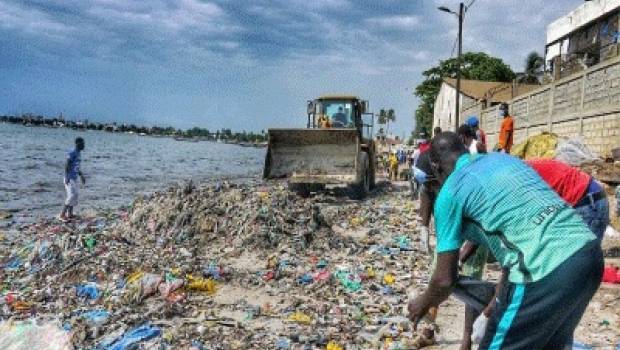——————– ADVERTISEMENT ——————–
Worth a total of 49 million euros (including 25 million euros for Suez), the contract was signed with Onas, representing the government of Senegal, with the financial assistance of the French Development Agency (AFD ), Invest International in the Netherlands and the European Union. This bay has been threatened since the 1980s by urban development and the installation of nearby polluting industries, which discharge their effluents without sufficient treatment. The bay also receives untreated domestic wastewater from nearby homes. The objective of the program undertaken by the government of Senegal is to restore the quality of the waters of the bay by reducing the quantity of wastewater discharged into the bay.
Preservation of the marine ecosystem
With a capacity of 26,000 m3/day, this wastewater treatment plant is part of the Hann Bay depollution program undertaken by the Senegalese government. It will allow the preservation of the marine ecosystem and the improvement of the health situation for 500,000 inhabitants of 9 communes of Dakar. The plant will be equipped with a wastewater treatment process making it more economical in terms of energy, chemical reagents, and emitting less odors thanks to a treatment system in order to improve the integration of the structure into its environment.
An interceptor and pumping stations
In addition to the treatment plant, the program includes a marine outfall for the discharge of treated wastewater into the sea, a system for transporting wastewater from the bay comprising an interceptor and pumping stations for the collection of effluents from industrial and populations, including the autonomous port of Dakar. For the sustainability of infrastructures with appropriate maintenance, the regulations in the field of sanitation have been reviewed and an order will be put in place for the application of the “polluter pays” principle. This will make it possible both to improve the health situation of the populations, to protect the marine environment and to encourage the return of socio-economic activities to the area, including fishing and tourism.
–


